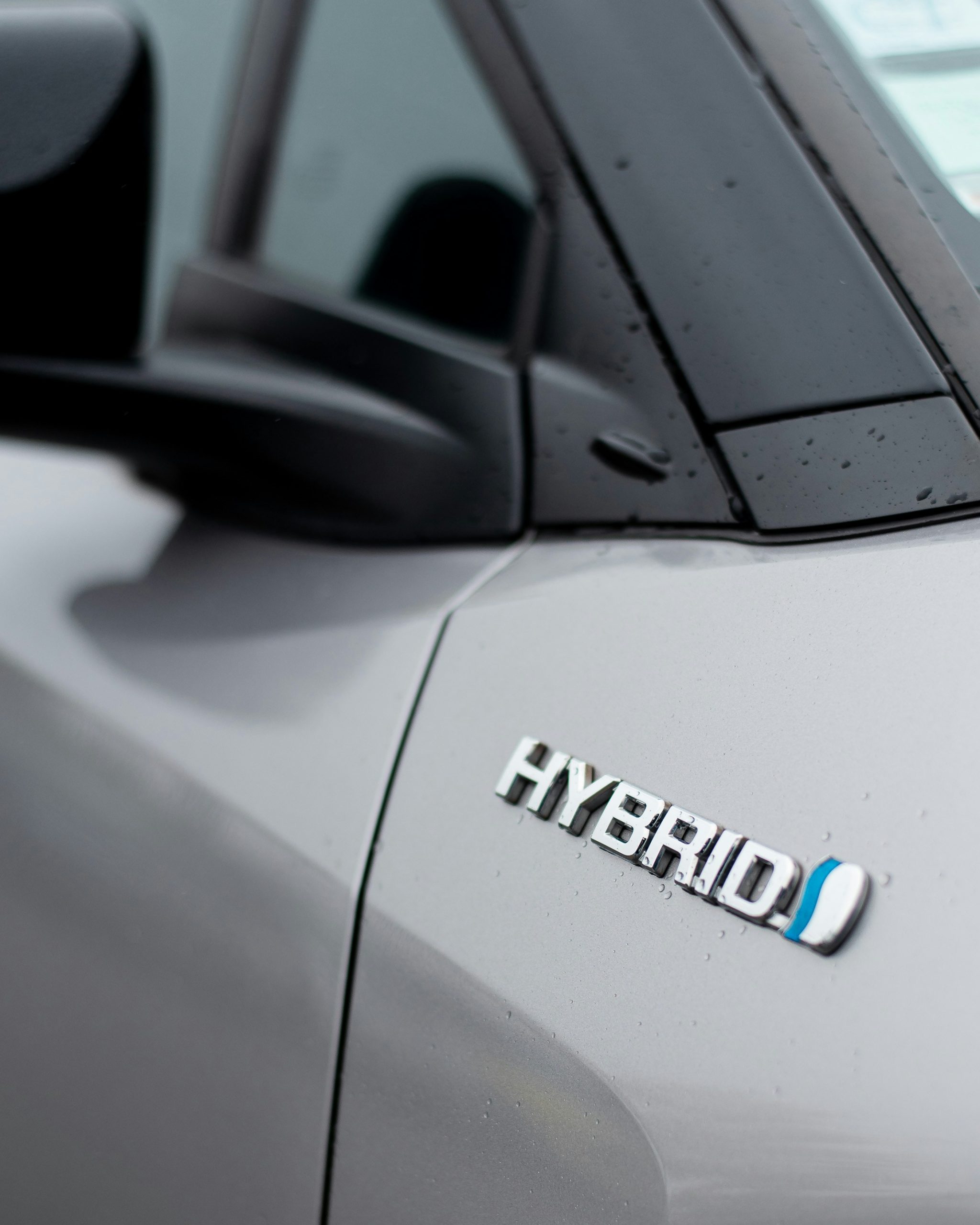Car repair sounds like a complex subject. Something best left to the pros. But even if you decide to never touch your car yourself (except to drive it of course!), a little car repair knowledge is a useful thing. Here are a few car repair facts that will help. Some you can do yourself, some should be left to the pros, but they will all give you a little more insight into what your car needs to stay in top condition.

Regularly checking tyre pressures will save you money
This is a simple but often overlooked car repair task. One that any driver can do.
Your car’s tyres will slowly deflate over time, regardless of whether you drive it or not. And deflated tyre pressures are bad in three ways.
Firstly, as tyres go down, rolling resistance goes up, and fuel consumption goes up with it. So maintaining correct tyre pressures means less fuel and less greenhouse gas emissions.
Secondly, low tyres wear more, especially the front left. This tyre does all the work on the many roundabouts we’re constantly going through. If pressures are low, the front left will roll onto the edge of the tread, very quickly wearing it away. Once it’s worn away the tyre becomes unroadworthy and must be replaced. Even through most of the tread remains.
Finally, handling performance degrades as tyre pressures fall away. This probably doesn’t matter in everyday driving. After all, we’re not racing drivers! But in an emergency when you’re braking or swerving to avoid an accident, properly inflated tyres can mean the difference between avoiding an accident or being in one.
So what pressures should you set your tyres to? There’s a sticker on the B-Pillar, just open the driver’s door to see it. This will have the manufacturer’s recommended pressures. We like to go a little higher than these, usually setting at 250kPa (36psi) for passenger cars and 275kPa (40psi) for utes and larger SUVs. We’d recommend even higher pressures for heavily loaded vehicles.
Just remember that these are cold pressures. If you’re checking your tyres when they are hot, you will end up with under-inflated tyres. So drive straight to the servo, or invest in one of those little 12V compressors and give them a quick check at home once every couple of weeks.
Stay safe and save money! A good combination with this simple car repair task.
Regular charging will extend the life of your battery
The lead/acid batteries fitted to almost all cars need to be fully charged to maximise battery life. But the alternators fitted to most modern cars will never fully charge the battery, even on long trips. Why? To reduce fuel consumption and emissions. Optimum battery life has been sacrificed for lower emissions.
So here’s another simple car repair task you can do at home. Get yourself a decent battery charger and leave it on your car overnight, one a week or so. CTEK are a good, reasonably priced brand that make user friendly devices.
If your car has an AGM battery, which are fitted to most cars with a stop/start system, just make sure you buy a compatible charger. AGM batteries have a different charging strategy than conventional batteries and can be damaged by a conventional charger.
For instructions on this simple car repair task, just check out your owner’s manual.
Brake fluid needs to be changed every two years
An often overlooked car repair task, even in many professional workshops. But brake fluid degrades over time and needs to be regularly changed. Most manufacturers recommend every two years.
Brake fluid is hydroscopic, which means it absorbs water. Over time the water content will rise, which lowers the boiling point of the fluid. When fluid boils under repeated heavy braking, the liquid turns into a gas and becomes compressible. Which means when you put your foot on the brake pedal you end up compressing the gas bubbles instead of pressing the pads up against the brake rotors. The result is a dramatic loss of brake performance known a brake fade.
Also, as brake systems components wear, the wear particles end up suspended in the fluid. Changing the fluid removes these particles and extends the life of the brake system. And at the heart of every modern brake system is the ABS module. This device provides important safety functions like anti-lock braking, stability control and even hill start assist. Regular fluid changes will keep it in top working condition.
While a brake fluid change isn’t a complex car repair task, it isn’t one easily done at home. So next time you have your car serviced, ask your mechanic to check and if needed, flush the brake system with fresh fluid.
Engine coolant needs regular changing
Engine coolant has some important roles to play in engine performance. Coolant raises the boiling point of the fluid, helping to prevent overheating. It also lowers the freezing point, helping to prevent damage in cold weather. Coolant also prevents corrosion in the cooling system and hinders particle build-up, extending the life of the system.
But like brake fluid, coolant doesn’t last forever. Older inorganic acid technology (IAT) coolants needed to be changed every two years, but more modern organic acid technology (OAT) and hybrid (HAT) fluids have a much longer life, up to seven or eight years.
Bu even with their longer life, all these fluids gradually degrade and loose their ability to protect both your engine and it’s cooling system.
Like changing brake fluid, a coolant change isn’t a complex car repair task. It is however a bit messy and best left to professional mechanics. So if you car is around seven years or older, start thinking about a coolant change. Once it’s done, it will be one car repair task you won’t have to worry about for another seven years!








